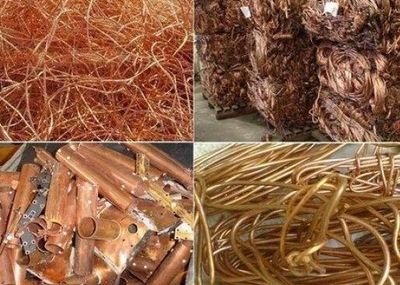Introduction:Scrap metal smelting furnaces play a vital role in the recycling industry, enabling the transformation of various scrap metals into valuable resources. These furnaces utilize advanced technology to melt and refine different types of scrap metal. In this article, we will explore the capabilities of smelting furnaces, focusing on the melting of copper scrap, zinc scrap, and aluminium scrap. By understanding the versatility of these furnaces, we can appreciate their significance in sustainable metal recycling.
Copper Scrap: Smelting furnaces are highly efficient in melting copper scrap. Copper scrap includes various forms such as copper wires, pipes, and components. The smelting furnace's high temperatures and controlled environment facilitate the separation of copper from other materials present in the scrap. This process allows for the extraction of pure copper, which can be further refined and reused in the production of new copper-based products.
Zinc Scrap: Smelting furnaces are also capable of melting zinc scrap, which predominantly consists of zinc-coated steel materials, such as galvanized steel. The smelting furnace's high temperatures cause the zinc coating to vaporize, separating it from the steel substrate. This vapor is then condensed and collected, forming pure zinc. The recovered zinc can be utilized in the production of new galvanized steel or other zinc-based products, reducing the dependence on primary zinc ore extraction.
Aluminium Scrap: Aluminium scrap, including used beverage cans, extrusions, and sheet metal, can be effectively melted in smelting furnaces. The high temperatures of the furnace facilitate the melting of aluminium, allowing for the separation of impurities and the recovery of pure aluminium. The molten aluminium can be further processed and reused in the production of new aluminium products, reducing the energy consumption associated with primary aluminium extraction.
Conclusion: Scrap metal smelting furnace are versatile and powerful tools in the recycling industry, capable of melting various types of scrap metal. From copper scrap to zinc scrap and aluminium scrap, these furnaces enable the extraction and refinement of valuable metals from discarded materials. By utilizing smelting furnaces, we can significantly reduce the environmental impact of metal production by conserving natural resources and minimizing waste. The ability of smelting furnaces to transform scrap metal into reusable resources highlights their crucial role in promoting sustainable practices and the circular economy.


